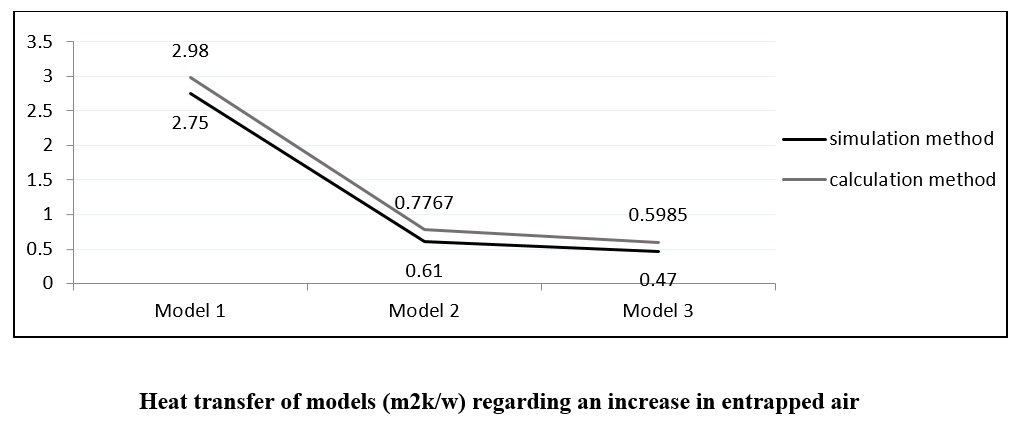BibTeX | RIS | EndNote | Medlars | ProCite | Reference Manager | RefWorks
Send citation to:
URL: http://ijaup.iust.ac.ir/article-1-374-en.html
2- Department of Architecture, Gonbad-e Kavus Branch, Islamic Azad University, Gonbad-e Kavus, Iran, Golestan Province, Gonbad-e Kavus, Shahid Sayyad Shirazi boulevard, Ring Road, Islamic Azad University of Gonbad-e Kavus, Architecture Group, 4971915775
The external walls are regarded as an important source for the thermal exchange between the outside and inside of a building. Despite the significance of building walls for energy savings, a large body of research has focused mainly on thermal comfort, environmental impacts, and economic costs of residential buildings. However, few researchers have addressed the thermal performance of common building materials. The clay block has attracted a lot of attention as the important building material in temperate and humid climate. The present study aimed to study the thermal performance of three clay block external walls systems in temperate and humid climate by increasing trapped air thickness between internal and external walls of buildings. FLUENT software was employed to simulate and calculate the thermal characteristics, which were extracted and compared to the calculated data according to chapter 19 of "Iranian National Building Regulations". The results indicated that the air trapped between the internal and external the leaves of cavity walls considerably influenced thermal resistance. In addition, the new combined wall system could considerably save the energy, compared to the existing wall systems. In conclusion, the energy goals can be fulfilled by improving the layout of the walls.

- Thermal performance of three clay block external walls systems in temperate and humid climate is calculated.
- The fluent software was employed to simulate and calculate the thermal characteristics.
- Air trapped between the internal and external walls (leaves) of cavity walls considerably influenced thermal resistance.
| Rights and permissions | |
 | This work is licensed under a Creative Commons Attribution-NonCommercial 4.0 International License. |





